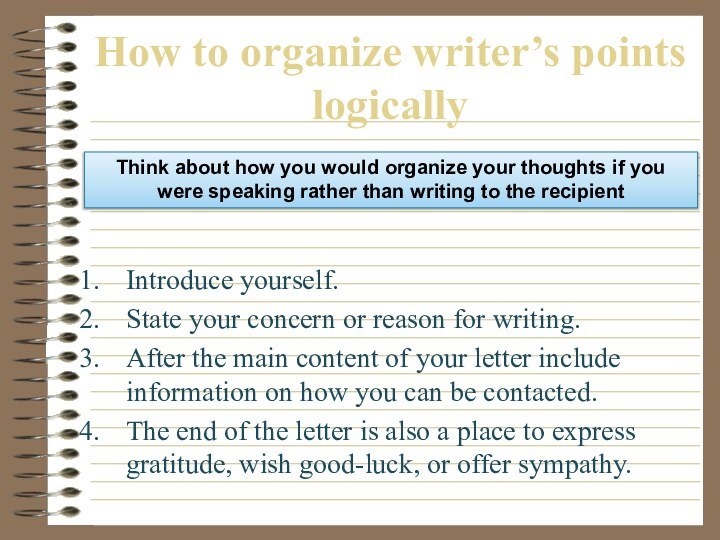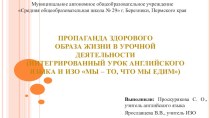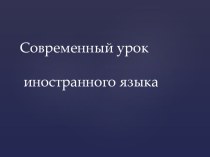writing any business letter is to proofread it. If
it is riddled with spelling, grammatical and typographical errors, it will detract from what you are trying to get across.
Concrete
Use specific terms that can be understood. Don’t say, “The large order that we requested has not arrived.” Say, “The order for 10,000 basins that we requested on May 3, 20XX, has not arrived as of June 20.” Identify names and numbers. Write about what people can count or do. Include what people can see, touch, smell, taste or hear. In other words, make language clear. Make it concrete.













































